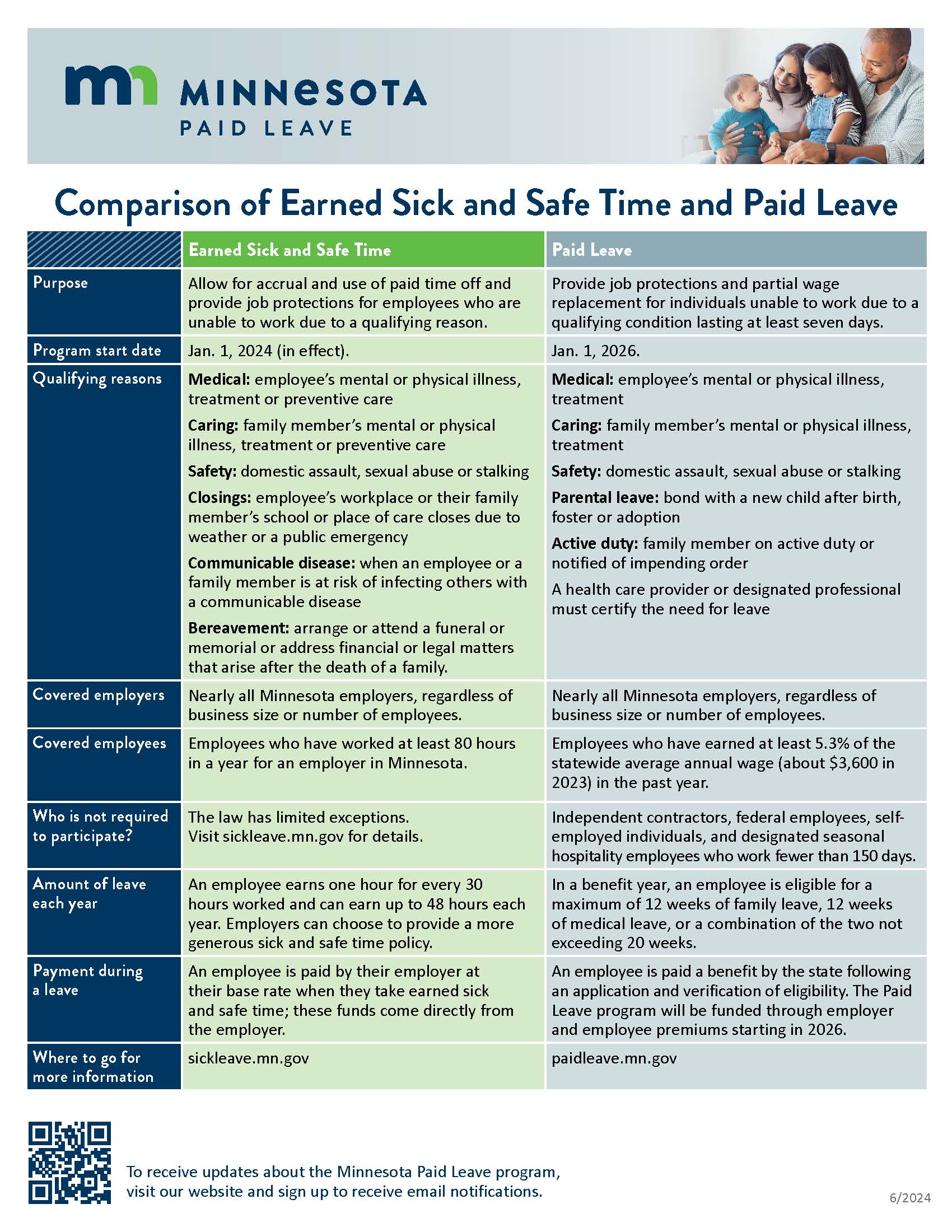Minnesota’s 2025 legislative session resulted in a big change for small-business owners that provide building construction or improvement services.
Small-business owners with no employees often find themselves having to take out “zero estimated payroll” or “if any” policies. Starting Jan. 1, 2026, Minnesota business owners offering building construction or improvement services face additional requirements when applying for workers’ compensation coverage when they have no estimated payroll. Additional disclosure and record retention requirements were also introduced for entities doing business with these employers.
The legislative changes now codify the definition of a zero estimated payroll policy and attestation requirements for building construction or improvement service businesses.
“Zero estimated exposure policy” means a policy of insurance that an employer obtains to cover the employer’s liability to pay compensation under this chapter after reporting the employer’s total estimated exposure is zero.
Additionally, the legislative changes outline new requirements for these business owners as far as providing and retaining insurance documentation.
- To the insurance carrier, a signed attestation is required to be submitted with their application for workers’ compensation insurance and annually at each policy renewal. These business owners must provide the insurance carrier written notice within 60 days of the employment of any employees.
- To their contracting partners, these business owners must provide written notification to each entity they contract to perform building construction or improvement services. This notice must include confirmation of your zero estimated exposure and a copy of the policy.
- Entities receiving this notification are required to retain both the written notice and the policy for three years from the date they were received.
Additional resources
SFM has integrated a Minnesota zero attestation form into our SAM online application portal and have published this form to our website. Reach out to your SFM underwriter with additional questions.
For further details, check out our CompTalk on the subject.


